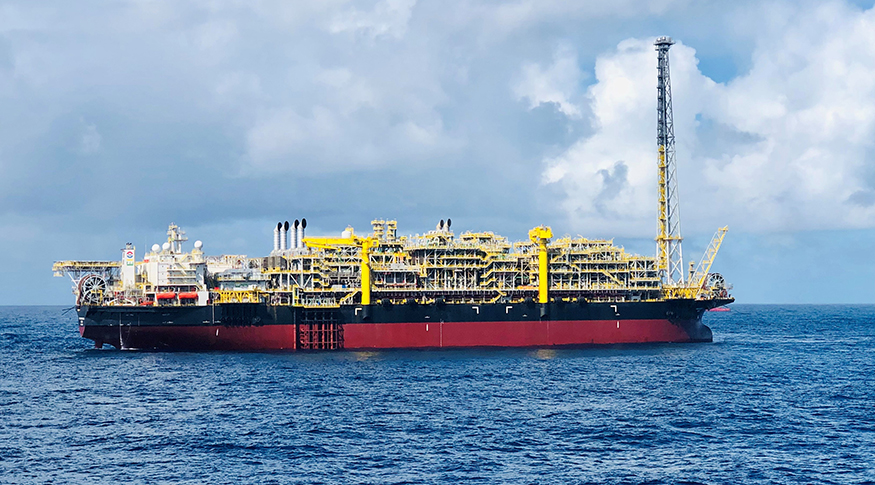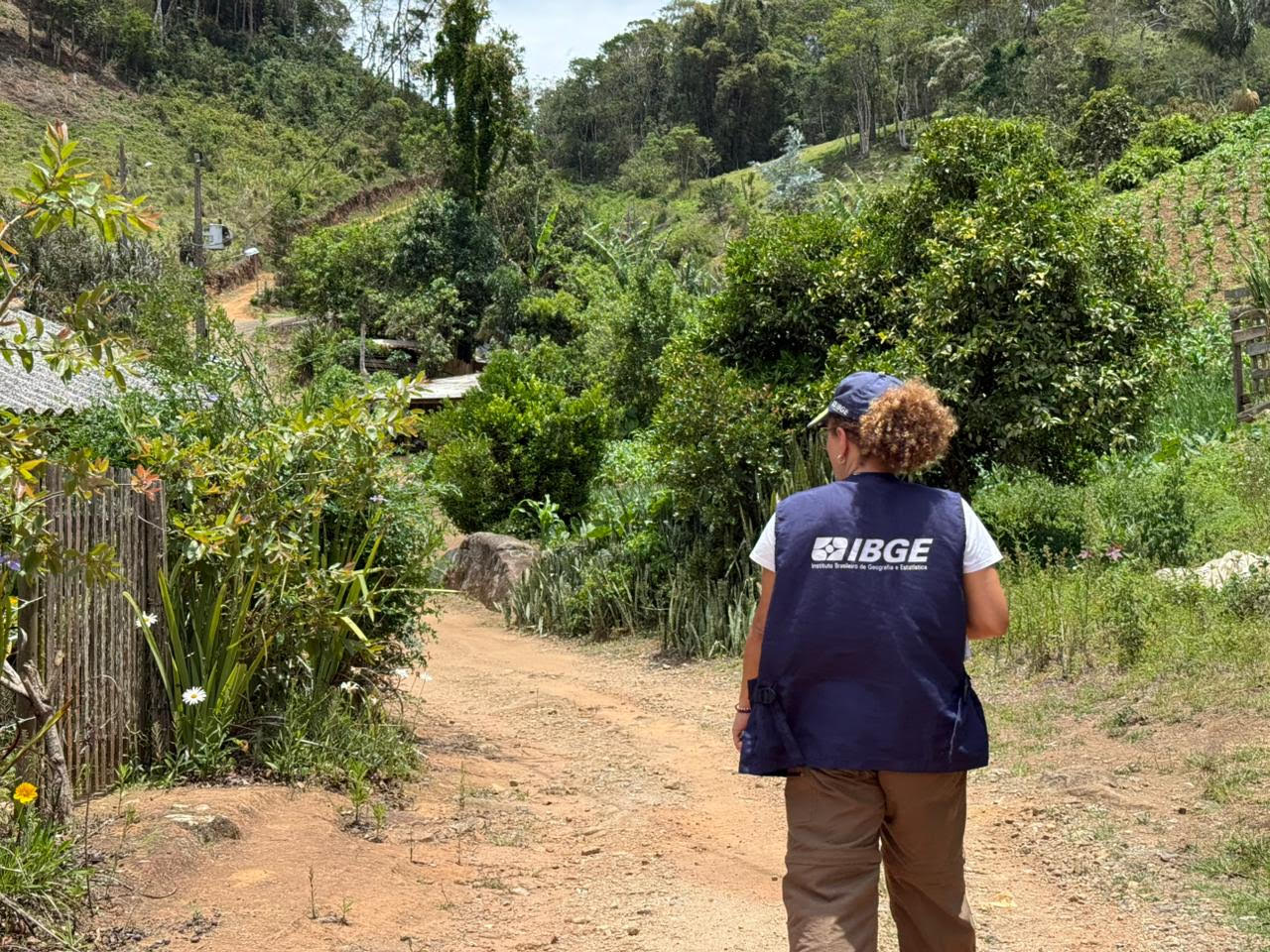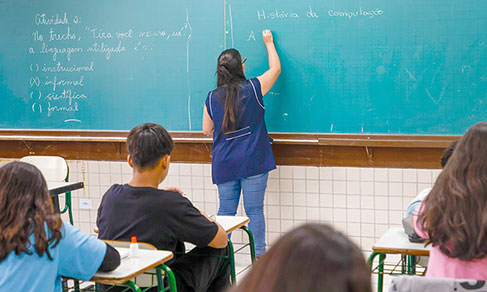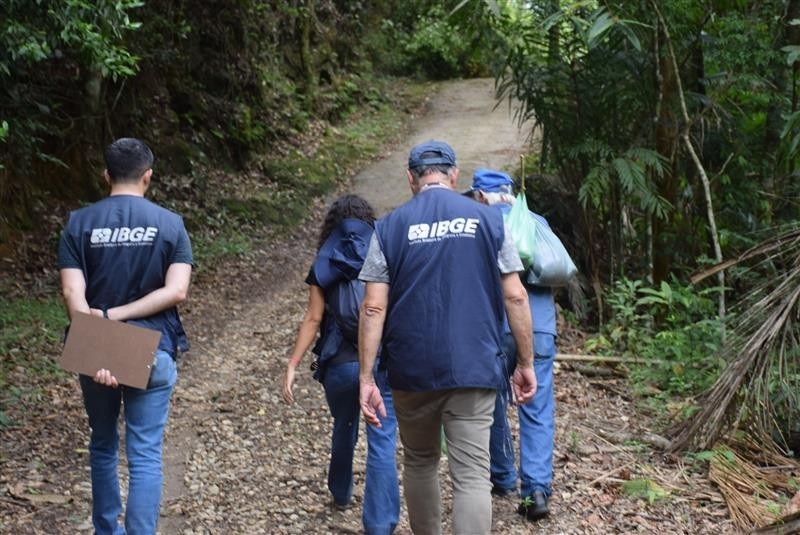Industrial production
Industrial production falls 0.6% in October, fifth drop in a row
December 03, 2021 09h00 AM | Last Updated: December 07, 2021 11h34 AM

Industrial production presented decrease of 0.6% from September to October. It is the fifth consecutive negative result, accumulating in the period a loss of 3.7%. These are the results of the Monthly Survey of Industry - PIM, released today (December 3) by the IBGE. In the year, the industry accumulated a high of 5.7% and, in twelve months, the same 5.7%.
October’s retreat reached three of the four major economic categories and 19 of the 26 segments surveyed.
“More than the result itself, what call the attention is the sequence of negative results, five months of consecutive drops in production, a period in which the retraction is of 3.7%. As industrial production drops month after month, it gets even more distant of the pre-pandemic level. At the moment it is 4.1% below the level of February 202”, analyzes Mr. André Macedo, the survey manager.
According to Mr. Macedo, the result of October reveals a trait that has been observed throughout the year: the prevalence of negative rates and direct effect of the Covid-19 pandemic.
“Besides the loss on margin, the negative results are widespread: three of the four economic categories and 19 of the 26 activities in the red. The year of 2021 is very much associated to this lower-intensity trend”, says Mr. Macedo.
He highlights that the effects of the pandemic on the process of production becomes quite evident in the blanks throughout the productive chain, which takes to more expensive costs and less raw material and input for the manufacture of goods.
“From the perspective of the domestic demand, a number of characteristics seen month after month justify the negative behavior in the year: high inflation, which decreases household disposable incomes and a labor market far from revealing a consistent recovery, since there is still a great share of workers outside, with a wage bill that does not grow and marked by the precarious jobs. Those are factors that also help explain the lower-intensity behavior in production. Except for January, with a 0.2% growth and May, with a 1.2% high, the other eight months had negative rates”, says the survey manager.
The most important negative influences on October’s industrial production were mining and quarrying (-8.6%) and food products (-4.2%). mining and quarrying industries went back to decrease after advancing 2.2% in the previous month, when it interrupted three consecutive negative results and which accumulated a 2.5% loss. Food products, in turn, increased September's reduction of 3.2%.
“The most important factor is that the falls were widespread, but the biggest influence came from the mining and quarrying sectors, which were on the rise but were negatively impacted by the falls in iron ore and petroleum, which represent approximately 90% of the sector; and food, especially influenced by the negative behavior of sugar, due to the sugarcane crops in the Center-South region of the country, which were harvested in advance because of adverse weather conditions. Additionally, the group of meat, especially beef, is still under the effect of China export restrictions due to mad cow fever. Inflation at higher levels also affects the sector’s production”, clarifies Mr. Macedo.
Other negative contributions came from machinery and equipment (-4.9%), electrical machinery and equipment (-5.6%), textiles (-7.7%), basic metals (-1.9% ), maintenance, repair and installation of machinery and equipment (-21.6%), wood products (-6.6%), manufacture of apparel and accessories (-4.1%), fabricated metal products (-1.9%), motor vehicles, trailers and bodies (-0.8%) and pharmaceutical products (-2.4%).
Compared to October 2020, production fell 7.8%
Compared with the same month a year ago, the industrial sector retreated 7.8%, with negative figures in three out of four major economic categories, 19 out of 26 sectors, 56 out of 79 groups and 60.7% of the 805 products surveyed. It is worth mentioning that October 2021 (20 days) had one less business day than the same month in the prior year (21).
“It is the third negative result in this indicator and the sharpest of the sequence. This behavior can be understood in the light of production decrease throughout 2021, negative calendar effect, as this October had one less business day compared to last year and a higher base of comparison. In the cumulative indicator of the year, there is growth of 5.7%, but it is worth highlighting the loss of intensity int he last months due to the reduction seen in the production pace. It is worth highlighting that up to September, this expansion was of 7.6% and in May it was at 13.2%”, analyzes Mr. Macedo.
Among the activities, the main negative influences came from food products (-17.1%) and motor vehicles, trailers and bodies (-14.5%). Other relevant negative contributions computer equipment, electronic and optical products (-23.4%), mining and quarrying (-4.7%), fabricated metal products (-12.5%), electrical machinery and equipment (-16.7%), beverages (-9.2%), leather, traveling goods and footwear (-19.0%), rubber and plastic products (-9.5%), manufacture of apparel and accessories (-16 .0%), textiles (-18.7%), pharmaceutical products (-12.6%), furniture (-23.2%), maintenance, repair and installation of machinery and equipment (-22.8 %) and non-metallic mineral products (-4.7%).
On the other hand, also compared to October 2020, among the seven activities on the rise, other chemical products (4.2%) and machinery and equipment (4.1%) exerted the biggest influences on industry. Other important positive effects were those of coke, petroleum products and biofuels (1.4%) and basic metals (2.9%).
More on the survey
PIM Brazil has been producing short-term indicators since the 1970s regarding the behavior of the real product of the mining and quarrying and manufacturing industries. From May 2014, the release of a new series of monthly industrial production indices began, after a reformulation to: update the sample of activities, products and respondents; prepare a new weighting structure for the indices based on the most recent industrial statistics, in order to harmonize with the needs of the implementation the National Accounts Series - reference 2010; and to adopt the new classification of activities and products used by other industry surveys from 2007 onwards, namely: the National Classification of Economic Activities - CNAE 2.0 and the List of Industrial Products - PRODLIST-Industry.
The survey results can also be consulted in the Sidra database.




















